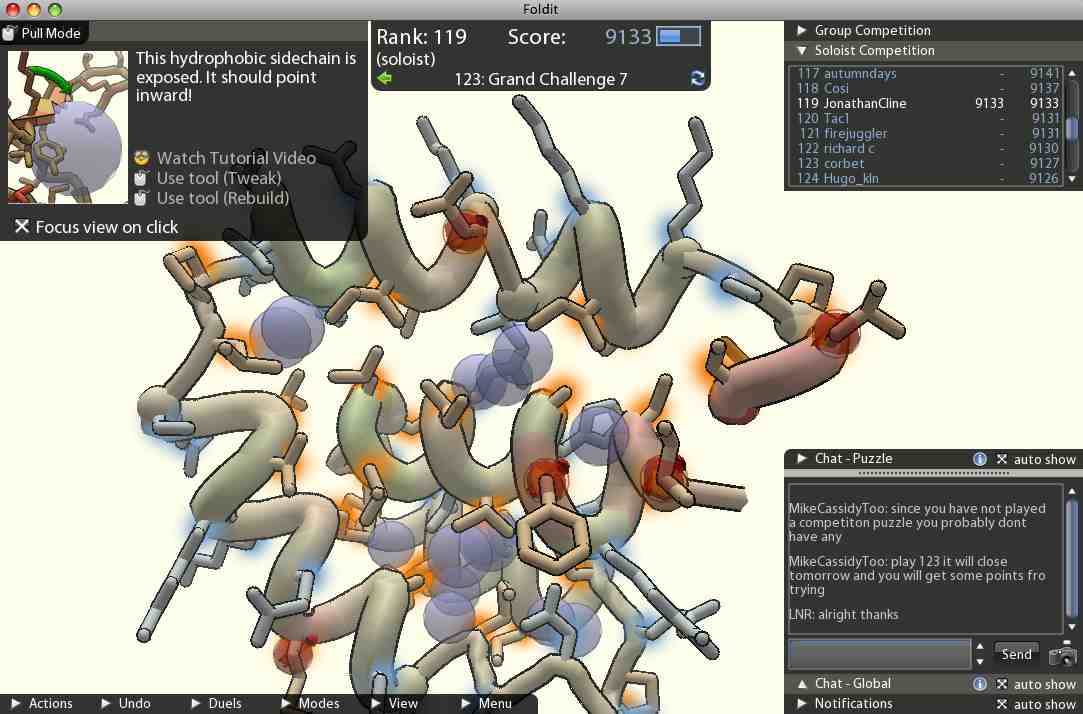THANK YOU JONATHAN! This is absolutely amazing. You can check out Jonathan's Synth Biology blog here:
I just discovered it and it is an absolute DIY BIO gold mine! We have really struck it rich this time! I am serious! 88 PROOF is a must read!
These questions are usually answered by verifying the DNA of the organism — sequencing. Today, verifying the organism’s sequence in a normal lab is done by a long process of diffusing the DNA through a gel and taking a UV picture of the result. This is rather old (and annoying) technology. Yet DNA sequencing is difficult because working with DNA poses several big technical problems. What is the next generation technology for DNA sequencing which could improve this?
Here are some examples and some cool videos as well:
Pacific Biosciences
Pacific Biosciences is attempting to use nanotechnology to monitor individual molecules of DNA during replication.
454 Life Sciences
A video seminar, 454 Sequencing: Enabling Science, Genome Characterization using High Throughput Sequencing, Dr. Michael Snyder, Yale University, is offered by 454.
Applied Biosystems
A webcast seminar, Fundamentals of 2 Base Encoding and Color Space, Michael D. Rhodes Ph.D.
Sr. Applications Manager, High Throughput Discovery, at appliedbiosystems.com, summaries sequencing by using ligase.
Summary
Different approaches to DNA sequencing have different tradeoffs. The small-laboratory-DIY-guy would prefer low operational cost for sequencing small organisms in a relatively short amount of time, perhaps trading off accuracy (lack of sequencing errors) to lower cost. The industrial need is for massively parallel operation and highly accurate measurements, or minimizing total cost of sequencing a human genome. Most solutions today attempt to solve the industry problems — focused mainly on sequencing human genomes.
The technological history of DNA sequencing, which uses DNA electrophoresis separation, is summarized well in History and principles of conductive media for standard DNA electrophoresis, Jonathan R. Brody and Scott E. Kern, Analytical Biochemistry, Volume 333, Issue 1, 1 October 2004. The “best” that Gel Electrophoresis can perform is detailed in the following protocol, Agarose Gel Electrophoresis Protocol, Salt Buffer for Rapid Electrophoresis (developed by Brody and Kern), using sodium boric acid (Borax, Na2B4O7) and other reagents easily acquired from Faster Better Media, LLC.
 ScienceDaily (Feb. 28, 2009) —
ScienceDaily (Feb. 28, 2009) — 













